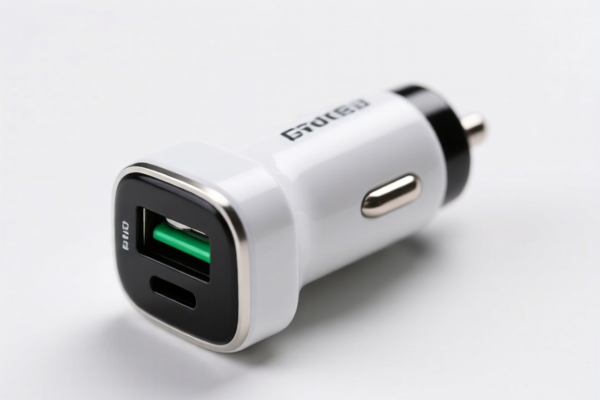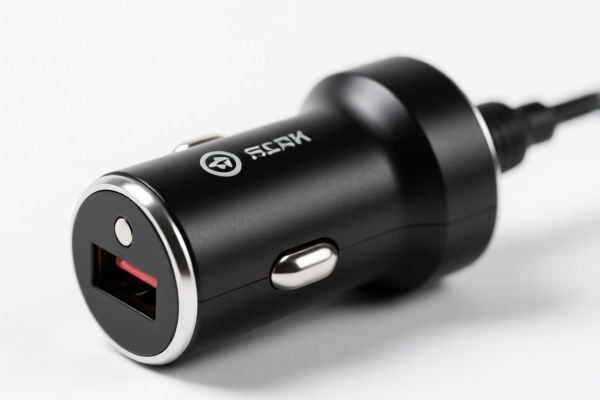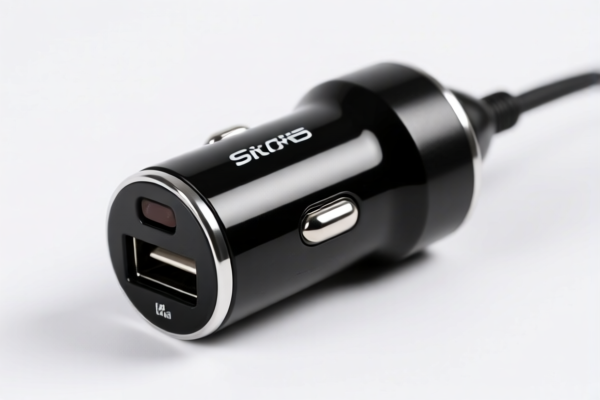| HS Code | Official Doc | Tariff Rate | Origin | Destination | Effective Date |
|---|---|---|---|---|---|
| 8507600020 | Doc | 33.4% | CN | US | 2025-05-12 |
| 8507808200 | Doc | 58.4% | CN | US | 2025-05-12 |
| 8504406007 | Doc | 55.0% | CN | US | 2025-05-12 |
| 8504407001 | Doc | 55.0% | CN | US | 2025-05-12 |
| 8487900080 | Doc | 83.9% | CN | US | 2025-05-12 |
| 8487900040 | Doc | 58.9% | CN | US | 2025-05-12 |
| 3904905000 | Doc | 61.5% | CN | US | 2025-05-12 |
| 3904901000 | Doc | 55.0% | CN | US | 2025-05-12 |




Caravan Charger
A caravan charger is a power supply device designed to provide electricity to the electrical systems of a caravan (or RV - Recreational Vehicle) when connected to an external power source, typically a mains electricity hook-up point. These chargers serve multiple functions, converting the higher voltage AC power from the hook-up to the lower voltage DC power required by the caravan's appliances, battery, and other systems.
Material
Caravan chargers are typically constructed using a combination of materials:
- Enclosure: Often made of durable plastic or metal (aluminum being common for its lightweight and heat dissipation properties) to protect internal components.
- Transformer: A core component, usually employing laminated steel for efficient voltage reduction.
- Rectifier & Filtering Components: Diodes, capacitors, and inductors are used to convert AC to DC and smooth the power output.
- Circuit Boards: Printed circuit boards (PCBs) house the electronic components and control circuitry.
- Wiring & Connectors: Copper wiring and robust connectors (often IEC C14 inlet and various DC output terminals) ensure reliable power transfer.
- Cooling System: Some higher-powered chargers include fans or heatsinks to manage heat generated during operation.
Purpose
The primary purpose of a caravan charger is to:
- Charge the Leisure Battery: Maintain and replenish the caravan's 12V leisure battery, which powers lights, water pumps, refrigerators, and other appliances when not connected to mains power.
- Power 12V Systems: Directly power 12V appliances and systems when connected to mains electricity, reducing the load on the battery.
- Power 230V Systems: Some chargers also include a built-in power supply to provide 230V AC power to appliances designed for mains use.
- Condition Battery: Modern chargers often incorporate battery conditioning features to optimize battery health and extend lifespan.
Function
A caravan charger performs the following functions:
- AC to DC Conversion: Transforms the 230V AC input from the hook-up to 12V DC.
- Voltage Regulation: Maintains a stable 12V output, protecting appliances from voltage fluctuations.
- Multi-Stage Charging: Employs different charging stages (bulk, absorption, float) to efficiently and safely charge the battery.
- Overload Protection: Includes safety features such as overload, short circuit, and reverse polarity protection.
- Battery Type Selection: Allows users to select the appropriate charging profile for different battery types (Lead-Acid, AGM, Gel, Lithium).
- Current Limiting: Limits the charging current to prevent battery damage.
Usage Scenarios
- Campgrounds/Holiday Parks: Connecting to the mains electricity hook-up point at a campsite.
- Home Storage: Maintaining the battery charge during periods of inactivity.
- Winter Storage: Preventing battery discharge during long-term storage.
- Long-Term Camping: Providing a reliable power source for extended stays off-grid.
Common Types
- Standard Chargers: Basic chargers providing a fixed charging current.
- Smart Chargers: Advanced chargers with multi-stage charging, battery type selection, and diagnostic features.
- Battery-to-Battery Chargers (B2B Chargers): Charge the leisure battery from the vehicle's alternator while driving.
- Combined Chargers/Inverters: Integrate charging functionality with an inverter to provide both 12V DC and 230V AC power.
- Solar Compatible Chargers: Designed to work in conjunction with solar panels for off-grid charging.
- Switch Mode Chargers: More efficient and lighter than traditional transformer-based chargers.
Based on the provided information, identifying the precise HS code for “caravan charger” requires understanding its components and function. A caravan charger typically converts AC power to DC power for charging batteries within a caravan. Here's a breakdown of potential HS codes based on the available data:
-
8507600020: Electric storage batteries, including separators therefor, whether or not rectangular (including square); parts thereof: Lithium-ion batteries Other.
- Chapter 85: Electrical machinery and equipment.
- Heading 8507: Electric storage batteries, including separators therefor; lithium batteries. This code applies if the charger is a battery itself, or a component specifically for batteries.
- Subheading 8507600020: Lithium-ion batteries, other. This is specific to lithium-ion battery types. The total tax rate is 33.4%.
-
8504406007: Electrical transformers, static converters (for example, rectifiers) and inductors; parts thereof: Static converters: Power supplies for automatic data processing machines or units thereof of heading 8471; power supplies for goods of subheading 8443.31 or 8443.32; power supplies for monitors of subheading 8528.42 or 8528.52 or projectors of subheading 8528.62: Suitable for physical incorporation into automatic data processing machines or units thereof of heading 8471 With a power output exceeding
50 W but not exceeding150 W .- Chapter 85: Electrical machinery and equipment.
- Heading 8504: Electrical transformers, static converters and inductors. This code applies if the charger functions as a power supply converting AC to DC.
- Subheading 8504406007: Power supplies for specific equipment, exceeding 50W but not exceeding 150W. The total tax rate is 55.0%.
-
8504407001: Electrical transformers, static converters (for example, rectifiers) and inductors; parts thereof: Static converters: Power supplies for automatic data processing machines or units thereof of heading 8471; power supplies for goods of subheading 8443.31 or 8443.32; power supplies for monitors of subheading 8528.42 or 8528.52 or projectors of subheading 8528.62: Other With a power output not exceeding
50 W .- Chapter 85: Electrical machinery and equipment.
- Heading 8504: Electrical transformers, static converters and inductors. This code applies if the charger functions as a power supply converting AC to DC.
- Subheading 8504407001: Power supplies for specific equipment, not exceeding 50W. The total tax rate is 55.0%.
Important Considerations:
The correct HS code depends on whether the “caravan charger” is primarily a battery or a power supply. If it is a power supply, determining its power output (whether it exceeds or does not exceed 50W) is crucial for selecting the appropriate subheading.
Customer Reviews
No reviews yet.